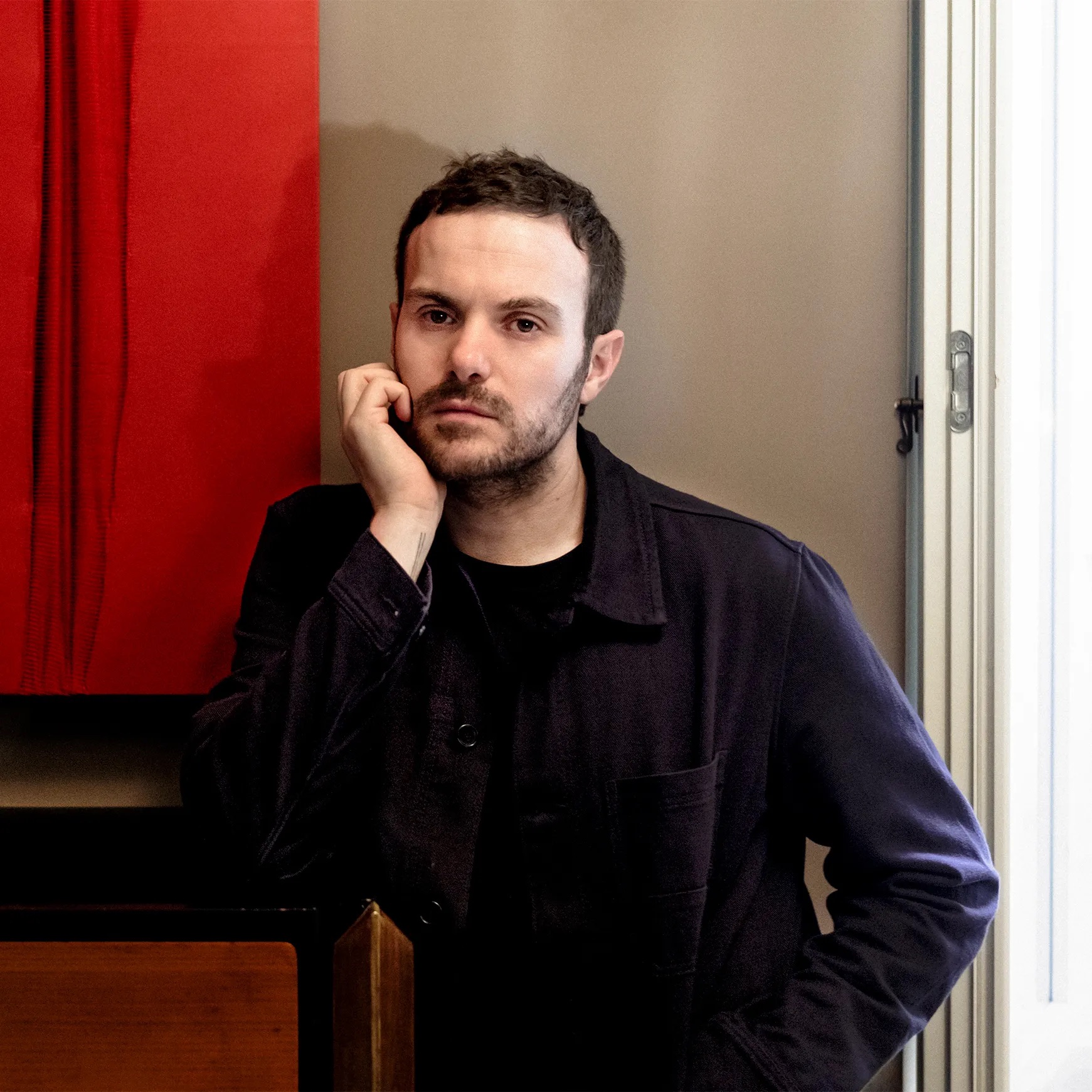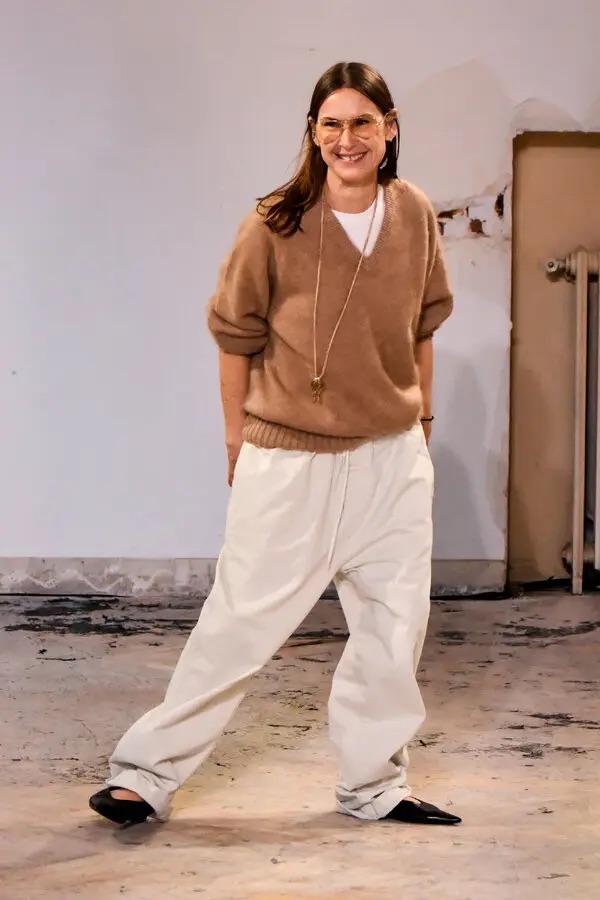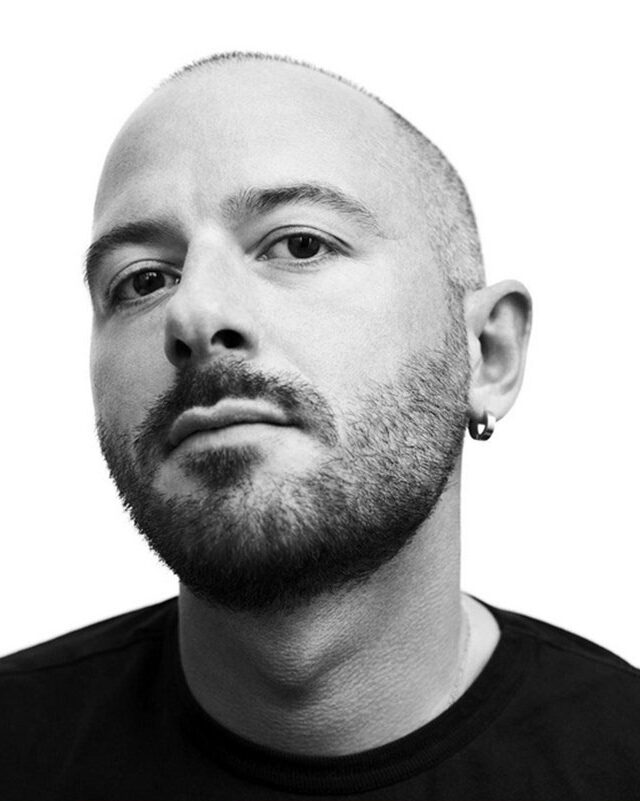News
As of late, creative directors seem trapped in a revolving door, leaving as quickly as they arrived. A designer is announced, speculation builds, a debut collection is dissected, sales are assessed, and within a few seasons, they’re likely gone. While exits are often framed as mutual decisions or strategic shifts, they almost always come down to sales. In 2024, Moschino, Valentino, Calvin Klein, Blumarine, Givenchy, Tom Ford, Celine, and Dries Van Noten, all saw creative director changes. In the first three months of 2025 alone, several luxury fashion brands have undergone significant changes in their creative leadership; Loewe, Gucci, Versace, Bottega Veneta, Chanel, and Maison Margiela. Each for reasons either official or speculative.
But is it really that novel?
In 2018, nine fashion houses saw creative director shifts, including Helmut Lang, Calvin Klein, Balenciaga, Jil Sander, Givenchy, and others. At the time, there was a sense of excitement surrounding these changes with a belief that fresh perspectives could reinvigorate legacy brands. While the constant movement of designers has always sparked discussion, back then, it was met with more anticipation than fatigue.
This shift could be considered a symptom of a larger cultural transformation. The content machine that governs fashion has accelerated, altering the way we engage with change. The 2018 fashion landscape was already deeply embedded in the digital era, yet there was still an illusion of control, a belief that commentary was largely shaped by industry insiders, critics, and dedicated fashion media. Now, social media’s fragmented discourse, influencers, TikTok analysts, and casual observers have grown their dominance. Not to mention, more freedom to bypass diplomatic analysis.

The discourse around creative director changes is no longer about what a designer will bring to a house, but how long they’ll last before the next replacement.
There was room for uncertainty and risk, for both brand and designer to evolve together. A creative director’s tenure was a dialogue with house codes, clientele, and the cultural moment. It was an opportunity to add something original to the zeitgeist. Consider the long tenures that once defined the industry; Donatella Versace stepped down as Versace’s creative director after 27 years, transitioning to the role of chief brand ambassador. Sarah Burton’s 13 years at Alexander McQueen, Olivier Rousteing’s 12 at Balmain, Jonathan Anderson’s decade at Loewe, John Galliano’s at Maison Margiela. Ironically, most of them ended in 2024. Now, that dialogue feels more like an audition, a race to generate revenue, relevance, and a distinct identity in an impossibly short timeframe.

This is not to say that the runway has descended into outright redundancy across brands, but rather that certain silhouettes, motifs, and aesthetics subtly migrate from one show to another, embedding themselves into the visual lexicon of the season. In the same way pop stars borrow from one another—Sabrina Carpenter channelling Madonna’s 1991 era, Tate McRae in a Roberto Cavalli dress designed to echo Britney Spears’ 2001 Dolce&Gabbana look—fashion functions within a self-referential loop.
And one might ask: how does this connect to the ever-rotating creative directors at major fashion houses? The answer lies in how we consume it. When every element of culture—fashion, music, film—exists within the same constant churn of nostalgia, trend recycling, and viral moments, creative leadership shifts in fashion houses no longer feel monumental.
The entertainment industry, fashion included, is dictated by the currency of visibility. A collection that fails to capture immediate attention or translate into instant sales is deemed a failure. Not for lack of merit, but because it has not performed within the narrow window of cultural relevance that defines success today. Whether it’s a celebrity, the outfit they wear, or the designer behind it, value is determined by how quickly and widely it circulates.
The lifespan of a trend has shrunk to the point of absurdity. The traditional fashion cycle of introduction, rise, peak, decline, and obsolescence has collapsed into near simultaneity. A silhouette debuts on the runway, is replicated within weeks, floods the market, and vanishes before it can register as anything more than a passing moment. The result is an industry that no longer leads but reacts, scrambling to satisfy an unsustainable demand for “novelty”, which by itself, is now devoid of meaning.
Everything is stripped of anticipation. Fashion once thrived on that anticipation, creating desire through delayed gratification. The gap between its two primary seasons (Spring/Summer and Autumn/Winter) was integral to its mythology. This biannual rhythm provided a structured timeline for design, marketing, and retail, ensuring each collection had the space to unfold and establish its cultural significance.

Over time, the industry expanded beyond its two primary seasons, introducing additional collections such as Resort (or Cruise) and Pre-Fall. Originally designed for affluent clients vacationing in warmer climates during winter, Resort collections have grown in significance, offering lighter, transitional pieces that extend beyond their initial purpose. Pre-Fall collections serve as a bridge between summer and the upcoming Fall/Winter season, giving consumers early access to autumnal styles before the main collection hits stores. That’s without going into the capsule collections and niche collaborations that surface every so often within a year.
Additionally, fast fashion has dismantled the slow evolution of trends. That’s a debate of its own, but it undeniably shapes consumer perceptions of luxury; what’s worth buying, what should be bought, and why it matters at all if even high-end brands fail to uphold the standards of ethical “high-end” production.
If luxury fashion is indistinguishable from mass production in its need for constant reinvention, then what is left to aspire to?
We bring this back to the role of the creative director, which seems to have been reduced to that of an aesthetic consultant; expected to deliver commercially viable collections that align with corporate expectations, with social media sentiment, and the vague notions of what is currently “in.” The average tenure of a creative director has shrunk to less than three years, in some cases barely exceeding a single collection. Designers are hired not to construct a vision but to generate short-term interest, to produce a few viral moments before being replaced by someone newer, fresher, more attuned to whatever the culture (secondly dictated by the “algorithm” or whatever it may at the time) dictates next.

But at the core of the industry’s crisis lies a fundamental contradiction. Fashion wants to be seen as an art form, yet refuses to give its artists the time to create anything of substance. It claims to shape culture while bowing entirely to commercial demands. It celebrates the radical and avant-garde while insisting on market-friendly, mass-produced, and easily digestible designs. The result? A flattening of taste. Democracy in fashion, which was meant to expand creative possibilities, has instead led to homogeneity. When every brand tries to appeal to everyone, no one is distinctive.
To play devil’s advocate, fashion has never been free from commercial pressures. Even if the designer is a long-term steward of a brand’s identity, they still fill a glorified corporate job at the top of the ladder.
While the relentless cycle of performance and virality is exhausting, what goes viral doesn’t always sell. Likewise, what critics dismiss as unremarkable, or even ugly, might be exactly what’s driving revenue. At the highest levels, luxury fashion operates in a realm detached from mainstream consumer preferences. Strip away mid-range ready-to-wear or accessories, and what’s left are products so expensive that their primary audience is a niche of ultra-wealthy clients whose tastes, quite frankly, may not align with those of critics or trend forecasters. This raises an uncomfortable question: what’s the point of impressing the people who can’t even afford it?

That’s not to say that fashion should be reduced solely to what sells. A collection can exist beyond its commercial success; on film sets, in editorial shoots, as a reference point for future designs. Fashion is an art form, but it is also a business, and the tension between the two is what keeps the industry in flux. Should runways be curated with both commerce and creativity in mind? Should certain pieces exist simply to serve a conceptual vision, even if they never see production? There is no clear answer. Perhaps the industry’s constant reshuffling is, in itself, an attempt to resolve this dilemma in real-time.
The instability of creative leadership has become the output of an industry that has built itself around disposability. The clothes are disposable. The trends are disposable. The designers, might as well be disposable too. Perpetual motion is stagnation. That’s not to say an industry in motion goes nowhere. It goes somewhere. But the real question is, towards what?
WORDS: Rand Al-Hadethi